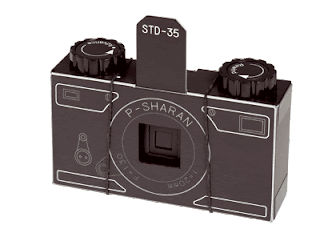- Shutter- is a device that allows light to pass for a determined period of time, for the purpose of exposing photographic film or a light-sensitive electronic sensor to light to capture a permanent image of a scene.
- Shutter Speeds (write out the speeds and explain what they mean)- is a common term used to discuss exposure time, the effective length of time a camera's shutter is open.
- Shutter Priority- refers to a setting on some cameras that allows the user to choose a specific shutter speed while the camera adjusts the aperture to ensure correct exposure.
- Exposure & how to set your camera for a good exposure- is the total amount of light allowed to fall on the photographic medium (photographic film or image sensor) during the process of taking a photograph.
- Bulb- is a short stem with fleshy leaves or leaf bases.
- Cable Release- are the mechanisms attached to cameras that allow photographers to snap photos from a distance.
- Tripod- is used to stabilize and elevate a camera, or to support flashes or other photographic equipment.
- Light Meter- is a device used to measure the amount of light. In photography, a light meter is often used to determine the proper exposure for a photograph.
- Bracketing- is the general technique of taking several shots of the same subject using different or the same camera settings.
- Hot Shoe- is a mounting point on the top of a camera to attach a flash unit.
multiple exposure
painting with light
panning
slow shutter speed
fast shutter speed










